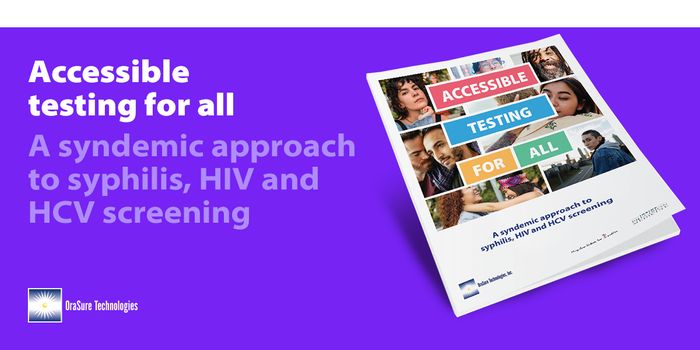Brain Circuit Activity Can Predict Who Handles Stress Better
People often complain of stress in their daily lives, but what makes one person swear and fume at the beginning of a busy work week while another can handle the same demands with composure? Scientists at The University of Zurich may have found the answer: the amount of activity in the brain system known as the locus coeruleus-norepinephrine (LC-NE) system.
The locus coeruleus is a nucleus within the pons of the brainstem that produces norepinephrine, one of the neurotransmitters responsible for the fight-or-flight stress response. The locus coeruleus-norepinephrine system includes the LC structure and all of its nerve projections within the central nervous system. The LC-NE system includes pathways to the amygdala, the well-known brain structure involved in subconscious fear formation. When encountering a stressor, the LC-NE influences the autonomic nervous system that controls involuntary physiological responses to help a person physically adapt to stress.
Past studies have found increased LC-NE activity in patients diagnosed with anxiety, depression, PTSD, obesity, and anorexia nervosa, and increased activity is associated with an increased risk of hypertension and cardiovascular disease.
Unlike former brain studies looking at LC-NE activity after a person had already undergone exposure to severe stressors, this new study from The University of Zurich examined brain activity with an fMRI before and after real-life stressors in medical students at their first 6-month internship to see if observations in brain regions during mild laboratory-based stress could predict who could handle stress the best and who would be most likely to develop anxiety and depression after facing sustained real-life stress.
Findings showed hyperresponsiveness of the LC-NE system at baseline was associated with more anxious and depressed behaviors after prolonged stress. Furthermore, activity in the LC-NE system was found to correlate with pupil dilation, meaning measurements of pupil dilation could be an indirect measure of LC-NE responsivity. The more pupils dilate, the more sensitive the LC-NE system, the more anxious the person perhaps.
With these findings, researchers hope to predict who is most at risk for developing mental disorders so earlier intervention can be provided.
Sources: Science Daily, Nature Communications









